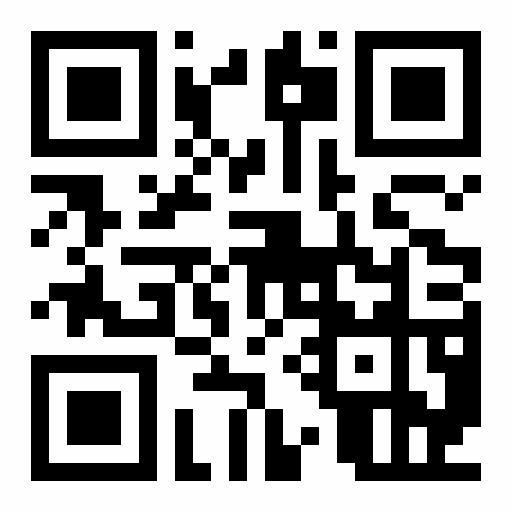
Applied Science Letters


Introduction: The present study aimed to conduct a comprehensive study in order to comparatively examine the curriculum for B.S. of Radiologic Technology in Iran and a number of selected countries and introduce the appropriate model for Iran. Methods: Data were collected using the document analysis technique. Using the Internet, the documents related to this field were collected from the curriculum of major world universities, categorized, and analyzed. Results: The findings showed that the duration of study differs across countries. For instance, it is 3 years in most European countries and 4 years in Iran. The title of course is Radiology Technology in Iran, USA, and Saudi Arabia, while it is Diagnostic Radiography in most European countries. The modalities of nuclear medicine radiography and diagnostic ultrasound are also included in the curriculum of the three-year program in British universities. In Iran, nuclear medicine and radiotherapy are taught as a separate course and the ultrasound course which is included in the program is not efficient. Conclusion: The Iranian curriculum does not significantly differ from those of other countries. However, it is necessary to continuously integrate courses, introduce digital image processing subjects, and employ radiography simulation systems in order to enhance the students’ learning in the Iranian curriculum of Radiologic Technology.
Karami V, Zabihzadeh M. Review on the radiation protection in diagnostic radiology. Tehran Univ Med J. 2016;74(7):457-66.
Jacob J, Paul L, Hedges W, Hutchison P, Cameron E, Matthews D, et al. Undergraduate radiology teaching in a UK medical school: a systematic evaluation of current practice. Clinical Radiology 2016;71:476-83.
Holmberg O, Malone J, Rehani M, McLean D, Czarwinski R. Current issues and actions in radiation protection of patients. European journal of radiology. 2010;76(1):15-9.
Karami V, Zabihzadeh M. Radiation Protection in Diagnostic X-Ray Imaging Departments in Iran: A Systematic Review of Published Articles. J Mazandaran Univ Med Sci. 2016 26(135):175-88.
High Council for Medical Planning, The curriculum of a bachelor's degree in radiology technology, approved by the thirty-sixth session of the High Council for Medical Planning, March 2007:2-3. [in Persian]
Caruana C, Akimot T, Shimosegawa M. A qualitative Comparative Survey of First Cycle Radiography Programmes in Europe and Japan. Journal of Radiography. 2009;15:333-40.
Dhande R. Introduction of radiology in undergraduate evaluation system. Journal of Education Technology in Health Sciences. 2016;3(2):54-6.
Aghazadeh A. Comparative Study of Educational Systems at the International Level. The First High Education Seminar; Iran: Summary of Articles of the First High Education Seminar in Iran; 1996. p. 127-9. [in Persian]
Tirgar A. Occupational health education status in medical schools of the Iran country in 1998. Journal of Babol University of Medical Sciences. 1998;4:47-52. [in Persian]
Maleki H. Curriculum planning (practical guide). Payam Andisheh Institute; 2005. p. 230-41. [in Persian]
Gharehaghaji N, Mirahadi M. Evaluating motivation and interest in choosing career or higher education study among radiology students in Tabriz University of Medical Sciences. 2014:148-55.
Zafara S, Safdara S, Zafarb AN. Evaluation of use of e-Learning in undergraduate radiology education: A review. European Journal of Radiology 83 (2014) 2014;83:2277-87.
Ogbehi A. Comparing learning level and students’ attitudes toward radiology training through the use of computed tomography simulators and traditionally training devices at Ahwaz University of Medical Sciences. Educational Developement of Jundishapur. 2014:207-2013.
